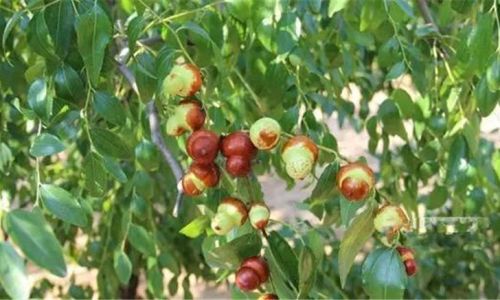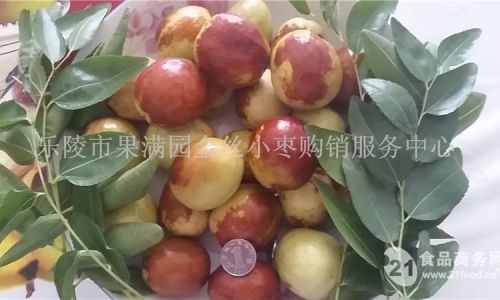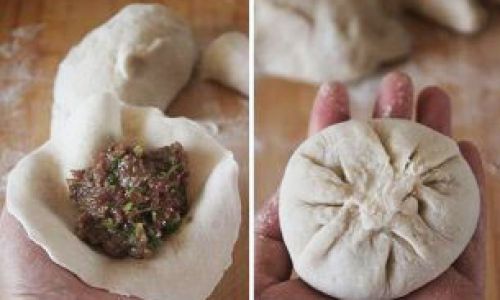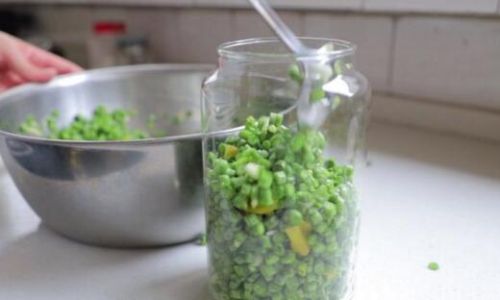Introduction
Fresh jujubes, also commonly known as Chinese dates or red dates, are a nutritious and delicious fruit cherished for their sweet taste and myriad health benefits. Rich in vitamins, minerals, and antioxidants, these small, oval-shaped fruits are a staple in many Asian cuisines and are increasingly gaining popularity worldwide. However, the challenge lies in maintaining their freshness and quality over time, as fresh jujubes can spoil quickly if not stored properly. This article delves into various effective techniques and tips for preserving fresh jujubes, ensuring you can enjoy their sweetness and nutritional benefits for longer periods.
Understanding Fresh Jujubes
Before diving into preservation methods, it’s crucial to understand the basic characteristics of fresh jujubes. These fruits have a thin, delicate skin that can easily bruise or crack, exposing them to bacteria and moisture that accelerate spoilage. The flesh inside is juicy and sweet, making them susceptible to mold and rot if not handled carefully. Fresh jujubes are typically harvested in the autumn season and are best consumed soon after picking, but with proper storage, their shelf life can be extended.

Initial Handling: Sorting and Cleaning
The first step in preserving fresh jujubes is careful handling immediately after harvest or purchase. Start by sorting through the jujubes, discarding any that are damaged, bruised, or moldy. These imperfect fruits can quickly spread spoilage to others. Next, gently clean the jujubes under running water to remove any dirt, debris, or pesticides残留 (note: for commercially bought jujubes, this step may not be necessary as they are often pre-cleaned). Pat them dry using a clean cloth or paper towel to avoid excess moisture, which can promote mold growth.
Refrigeration: The Most Common Method
One of the simplest and most effective ways to preserve fresh jujubes is by refrigerating them. The cool temperatures slow down the metabolic processes that lead to spoilage, thereby extending their shelf life. Here’s how to do it:
-
Airtight Container: Place the cleaned and dried jujubes in an airtight container. Glass jars with tight-fitting lids or plastic containers designed for food storage are ideal. Avoid using containers that may leach chemicals into the fruit.
-
Single Layer: Arrange the jujubes in a single layer to prevent crushing and to ensure even cooling. If necessary, use paper towels or parchment paper to create a barrier between layers.
-
Crisper Drawer: Place the container in the crisper drawer of your refrigerator, where humidity is lower and temperatures are more stable. Avoid storing jujubes in the door compartments, as frequent opening and closing can expose them to temperature fluctuations.
-
Check Regularly: Inspect the jujubes periodically for signs of spoilage, such as mold, discoloration, or an off odor. Remove any affected fruits immediately to prevent the spread of mold.
With proper refrigeration, fresh jujubes can last up to two weeks. However, their texture and flavor may gradually decline over time.

Freezing: For Longer-Term Preservation
For those who want to enjoy fresh jujubes beyond the two-week refrigeration window, freezing is an excellent option. Freezing preserves the fruit’s nutritional value and flavor while extending its shelf life for several months. Here’s a step-by-step guide:
-
Preparation: Clean and dry the jujubes as described earlier. You can choose to leave them whole or slice them into smaller pieces for easier handling and quicker thawing.
-
Blanching (Optional): Blanching the jujubes in boiling water for a minute or two and then plunging them into ice water can help to kill enzymes that cause spoilage and to retain their bright color. However, this step is optional and may slightly alter their texture.
-
Flash Freezing: Arrange the jujubes in a single layer on a baking sheet lined with parchment paper and place it in the freezer until the fruits are frozen solid. This prevents them from sticking together when stored in a container.
-
Storage: Once frozen, transfer the jujubes to an airtight freezer bag or container, removing as much excess air as possible to prevent freezer burn. Label the container with the date for future reference.
Frozen jujubes can be stored for up to six months. To use, thaw them overnight in the refrigerator or place them in a sealed bag and submerge in cold water for quicker thawing. Alternatively, you can use frozen jujubes directly in cooking or baking, where they will thaw during the preparation process.
Drying: Preserving the Essence
Dried jujubes offer a concentrated form of the fruit, preserving its sweetness and nutrients in a shelf-stable format. While dried jujubes are not identical to fresh ones in texture and flavor, they make a convenient and nutritious snack. Here’s how to dry them at home:

-
Preparation: Clean and dry the jujubes thoroughly. You can leave them whole or slice them into thin pieces for quicker drying.
-
Sun Drying: In sunny climates, lay the jujubes on a clean, mesh tray or a baking sheet and place them in direct sunlight. Turn them occasionally to ensure even drying. This method can take several days depending on the weather.
-
Dehydrator: Using a food dehydrator is the most efficient and controlled way to dry jujubes. Set the temperature to around 135°F (57°C) and dry them until they are completely moisture-free, which can take anywhere from 8 to 12 hours depending on the size and thickness.
-
Oven Drying: As a last resort, you can use your oven’s lowest setting (usually around 150°F or 65°C) with the door slightly ajar to allow moisture to escape. Dry the jujubes for several hours, checking and stirring them occasionally to prevent burning.
Store dried jujubes in an airtight container in a cool, dark place. They can last for several months to a year, depending on storage conditions.
Conclusion
Preserving fresh jujubes requires careful handling and the right storage techniques to maintain their quality and extend their shelf life. Refrigeration is the simplest method for short-term preservation, while freezing and drying offer longer-term solutions. Each method has its own benefits and drawbacks, so choose the one that best suits your needs and preferences. By following these guidelines, you can enjoy the sweet, nutritious benefits of fresh jujubes throughout the year.






0 comments